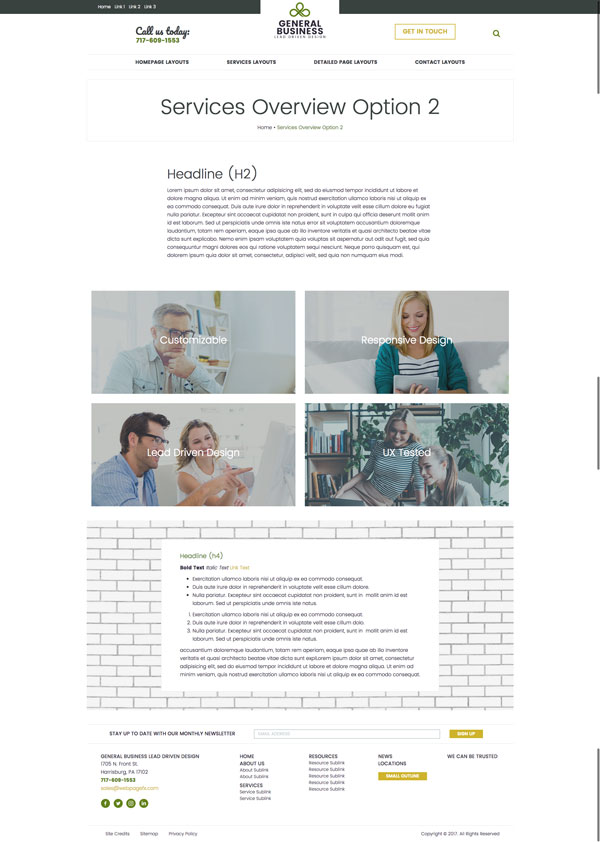
When someone passes away at their home or another private residence — whether expected or unexpected — you must take a few steps to start the body removal process and get a legal death certificate. Specific steps depend on many factors, like the deceased’s cause of death and your relationship to the individual. Fortunately, a funeral director is available to help you navigate the next steps.
Cause of Death
If the deceased was in hospice care, give the hospice nurse a call when you’re ready and let them know what’s happened. If hospice wasn’t involved in the deceased’s final days, there are laws to follow so that a doctor, paramedic or nurse can pronounce the death legally and initiate the death certificate. Once the death certificate is filed and legally executed, the funeral director and the deceased’s family can move forward with arranging the final resting place.
If no plan exists to remove the deceased’s body, you need to contact the funeral home directly to start arrangements. They will oversee all the steps, including permits and legal handling, to remove the deceased’s body from the home. New York law does not permit dead body removal by anyone other than a licensed funeral director or undertaker.
What happens after the body is removed varies, depending on the manner of death and the deceased’s family’s wishes. Still, the body cannot be interred, removed from the state, temporarily held or otherwise disposed of without a liable permit issued by the district where the death occurred or the body was found.

“Expected” Deaths
“Expected” deaths are typically individuals who had a terminal illness. If these deaths occur at home, they’re not usually considered an emergency, and you don’t have to take any steps immediately. You may spend a few moments with the deceased and loved ones before the planning process begins to perform special cultural or religious customs.
When you’re ready, contact the following:
- The doctor or hospice nurse: If the deceased has a hospice nurse, they can come to the home, pronounce the death and help you contact a funeral director. You may also call the deceased’s primary attending physician so they can declare the legal cause of death if known.
- 911: If the deceased was not a part of hospice or a similar physician-led program, call 911 and tell the operator what’s happened. Let them know the death was expected and there is no emergency. If the deceased arranged a do not resuscitate (DNR) order, it’s critical to have this information on hand when paramedics arrive.
- The funeral director: Once a doctor, paramedic or hospice nurse has confirmed the death as expected, it’s time to contact a funeral director who will arrange to have the body removed via ground transfer from the home to the local funeral facilities. If you don’t choose a funeral home or cremation service, the body may be taken to a morgue until arrangements are made for a funeral director to pick it up.
Traumatic or Unattended Deaths
Unattended deaths are those that occurred without anyone present, like presumed accidents, deaths of people otherwise too young or healthy to pass away or those without known terminal conditions. Some unattended deaths aren’t discovered until later — if this is the case, leave the area immediately without touching anything to stay safe from possible biohazards.
Some unattended deaths may result from traumatic action, such as suspected foul play or suicide. Do not touch or change the area, and leave the body as you found it.
Take the following steps:
- Call 911: Call 911 emergency services immediately and tell the operator what you’ve found. They may instruct you to attempt resuscitation or take other steps. Listen to any advice they give. Once they dispatch paramedics, they may end the call or stay on the line until help arrives. Once the call has ended, contact the deceased’s family if they aren’t yet aware, especially if you have no authority to make decisions regarding the deceased’s body.
- Wait for the paramedics: When the paramedics arrive, they will either attempt to resuscitate the individual or officially pronounce the death. They will then alert the authorities to initiate an investigation.
- Cooperate with the police: It’s important to cooperate with the police when they arrive — answer all of their questions as best you can, and give them the contact information for the deceased’s family if necessary. The police will want to know how and when you found the body and any medications the deceased was taking you might know about. They will also ask which funeral home you plan to work with.
The police will let you know if you’re to leave the scene untouched and when you can initiate cleanup. This can be a very emotionally challenging task and could be dangerous and illegal if medical waste is involved. Contact a professional restoration and cleanup service cleanup so professionals can clean and restore the area to safe and livable conditions and remove all signs of the event.
The Funeral Director’s Role
Once you contact a funeral home, you will work with a funeral director licensed and registered with the state of New York. Have the following information available when you make the call:
- The deceased’s name, address, phone number and social security number
- Your name, address, phone number and relationship to the deceased
- The deceased’s current location, including the home address and phone number
- Contact information for any attending physicians and hospice nurses
- The time and date of the deceased’s death
The funeral director is responsible for:
- Overseeing and conducting body removal and transfer: New York law requires a funeral director or undertaker to be present to supervise and arrange for body removal and transfer. They may contact additional parties, such as the police or state Medical Examiner.
- Filing and obtaining a death certificate: The funeral director will file the death certificate, a paper record of the deceased’s time and location of death. You may request multiple copies for your records.
- Managing the funeral and all pre-funeral and interment services: The funeral director will get any necessary burial or cremation permits and authorization, then oversee interment or disposal. This includes body preparation and supervising transportation to the final resting place.
Pickup and transfer fees vary depending on circumstances but are often included in the funeral’s overall cost. Remember, funeral directors are trained and skilled to handle these tasks, and they’re aware of the difficult time you’re experiencing. Never hesitate to ask questions as you make decisions.
The Medical Examiner’s Role
A medical examiner (M.E.) is a licensed physician who examines a body and sometimes the scene of the death to determine a cause and manner of death, if necessary. In New York, coroner or medical examiner services are required to help investigate certain deaths, such as those that appear violent, suspicious or unexplained.
Some medical examiners have additional expertise, such as pathology. They are separate from a coroner, which is typically an elected position without the same level of medical training as a medical examiner. Different jurisdictions operate under a coroner or medical examiner model.
An M.E. may or may not be involved in the deceased’s body removal and processing. They also file the death certificate upon completion. They will ask you or the deceased’s health care providers for important medical history. They can also help facilitate body identification to contact the next of kin, if necessary.
Additional responsibilities include:
- Performing an autopsy, if deemed necessary or requested by the family.
- Conducting a complete physical examination.
- Completing a toxicology report.
- Analyzing the scene of the death to help determine more about the cause and manner of death.
When the M.E. completes their work and signs all authorization forms and the death certificate, they release the body to the licensed funeral director of your choosing, who then transports the deceased to the funeral home.
Call Joseph A. Lucchese Funeral Home for Affordable Funeral Planning in the Bronx
The staff at Joseph A. Lucchese Funeral Home understands this is an overwhelming and often confusing time, which is why we’re here to help you through each step of the arrangement process. Contact us today and let us know how we can best serve you.













